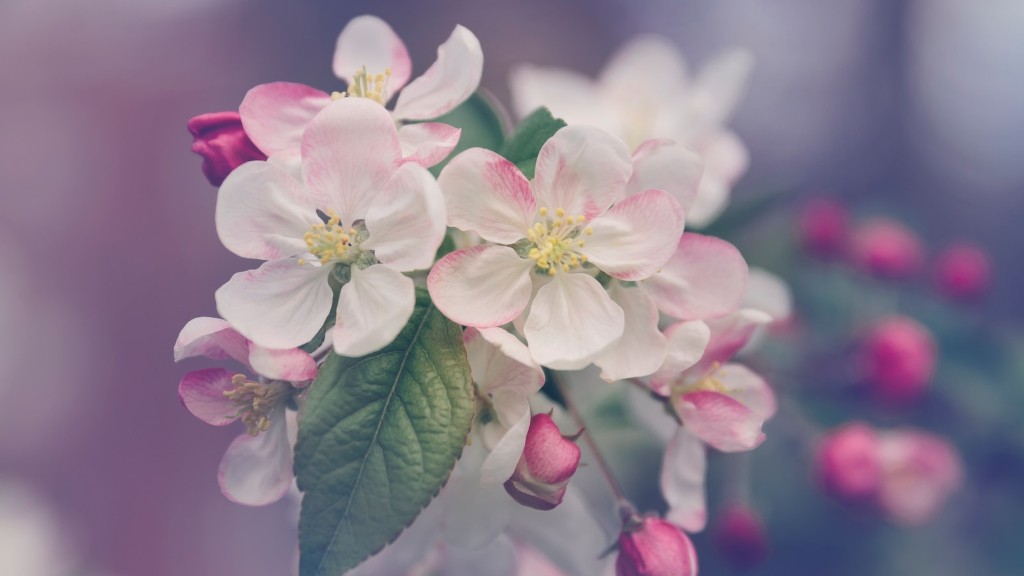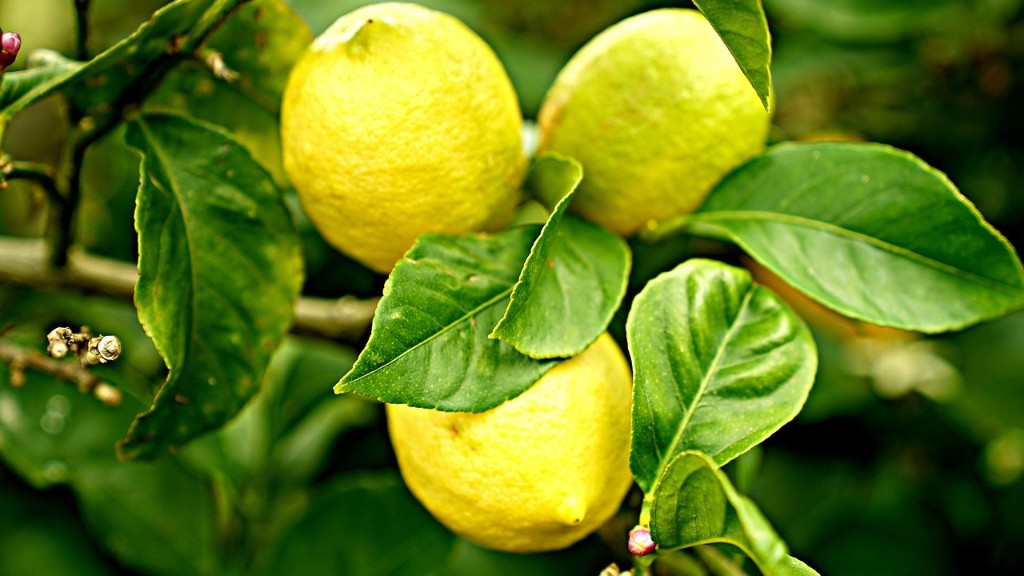Air-Layering Avocado Trees – A Simple Guide
Avocados are a popular fruit that is beloved all around the world. People might associate avocados with healthy diets, but they are also becoming popular in gardening too. Air-layering is a technique used to propagate plants, fruit-bearing and otherwise, by creating a small wound on the parent tree, where roots will form from the wound. Air-layering can be used to propagate avocado trees, and it’s in fact very simple to master.
Air-layering avocado trees is a great technique for gardeners who are looking for ways to create new trees without having to use cuttings or seeds. It is an ideal way to preserve unique characteristics of a particular tree and reproduce them.
The Basics of Air-Layering
When working with avocados, the goal is to begin an aerial root system. Aerial roots are often seen in trees like mangroves, which is why air-layering was originated from. Essentially, it’s a way of cloning a tree without having to provide any extra nutrients or soil.
Air-layering is usually done during fall or early winter. The best time to air-layer an avocado tree is during the branch’s dormant period, usually in late summer and early fall. That’s when the bark and cambium are at their healthiest and most viable.
Set Up An Air-Layering Space
Before you begin the process of air-layering, you should set up a working environment. You don’t need any special tools, just a sharp knife, an airtight container, and a layer of sphagnum moss.
Start by choosing a branch on the avocado tree that’s big enough to fit the root tubing, and make sure that the bark has started to mature. Cut a shallow slit on the bark of the branch, being sure not to cut any deeper than a quarter of an inch away from the branch’s main structure. Peel away the bark, being careful not to damage the cambium layer found beneath the bark, then carefully wrap the branch with sphagnum moss.
Encasing The Wrapped Branch
Once the branch is properly covered with sphagnum moss all the way up to the branch split, you need to encase the moss with a thin plastic wrap. Make sure the wrap is tight enough to hold the moss in place, then use some tape to finish the job and make sure that air does not enter the wrap. Finally, put the entire branch structure into the airtight container, being sure not to cover the plastic or moss, and let the branch sit for anywhere between three and six weeks.
Care and Maintenance
Now that the branch is in its airtight container, it is important that you care for it properly. Keeping the branch’s environment moist is essential, so make sure to mist it every few days. Additionally, make sure the airtight container gets enough sunlight, and check up on the branch regularly to make sure it is still healthy.
When To Cutting
When everything is working as it should, you will start to notice white, thin, hairs growing from the branch’s wound. These hairs are a sign that the branch is ready to be cut and transplanted. With a sharp knife, cut just below the root hairs, removing the branch entirely from the tree before repotting it into potting soil.
Growth and Care After Transplanting
The branch will start to grow once it’s transplanted in quality soil. Make sure to water and fertilize the young tree as you would normally do with your avocado trees. As the tree grows, provide it with enough sunlight and extra care, and you should have a brand-new avocado tree growing in your garden that looks exactly like its progenitor – an exact clone of the original parent tree.
How to Properly Fertilize Avocado Trees
Avocado trees need fertilization to grow optimally and produce healthy fruits. Knowing how to properly fertilize your avocados is a skill that every gardener should have. Start by adding a balanced fertilizer once a month. If you choose to use a chemical-based fertilizer, make sure to mix it properly with the soil you are using and water it in right away. For a more natural approach, use compost or manure.
Additionally, be mindful of the PH level of the soil, as it can affect the amount of nutrients that the tree is able to absorb. Test the soil’s PH levels and adjust them if necessary; avocado trees prefer an acidic soil with a pH level between 6 and 7.
Covering Tree with Mulch
Covering your avocado trees with dried organic materials like leaves, bark, or straw is beneficial for them. Mulch will help keep the tree’s root system moist and insulate the soil from extreme temperatures. You can also use it to control weeds growth, preventing them from competing with your tree for water and nutrients.
How to Properly Prune Avocado Trees
Pruning your avocado trees once or twice a year is necessary in order to promote optimal growth, providing more airflow and sunlight to the tree. During winter, get rid of any broken and dead branches and thin out any dense clusters. During summer try not to prune too much, focusing mostly on the branches that are affected by pests or disease.
Insect and Disease Control
Avocado trees can be affected by a variety of insects and diseases. To control them, inspect your trees regularly and be on the lookout for any pests and symptoms of disease. Treating pest issues with insecticides when they are first detected is a great way to prevent them from spreading. Additionally, annual deep roots fertilization will keep your trees healthy and improve their resistance to disease.
Pollenizer Trees
Most avocado trees are capable of cross pollinating their flowers, but it’s possible that a particular tree might need a pollinizer in order to produce fruits. If your tree is a single, consider planting a pollinizer tree closeby in order to increase the chances of your avocado tree producing fruits.
Harvesting and Storage
When it’s finally time to pick your avocados, make sure to test the ripeness of the fruits before harvesting them. Avocados are usually ripe when they are soft and dark green in color. Once you pick them, wash and dry the fruits before storing them. Avocados can be stored in the fridge for up to a couple of weeks.

